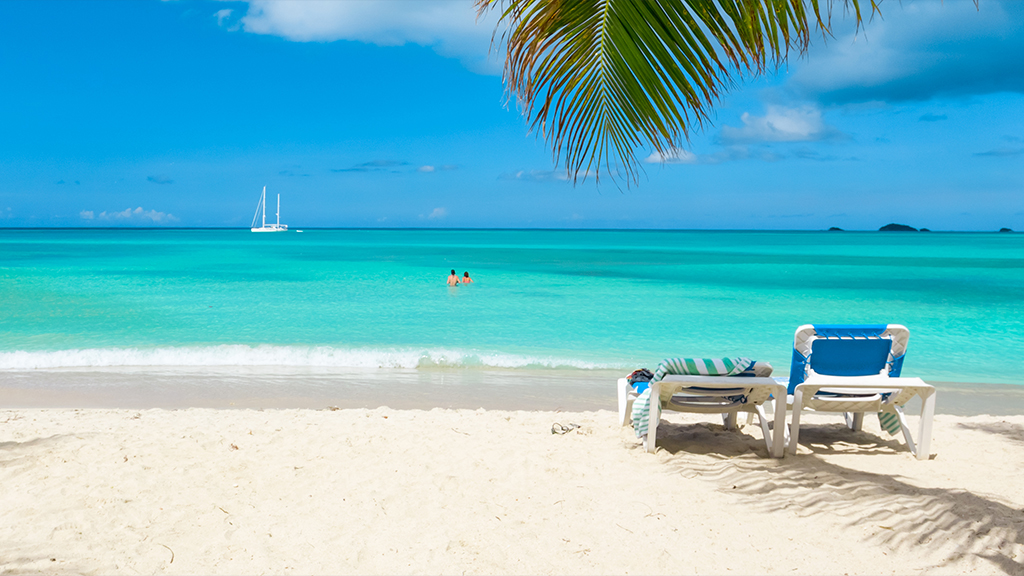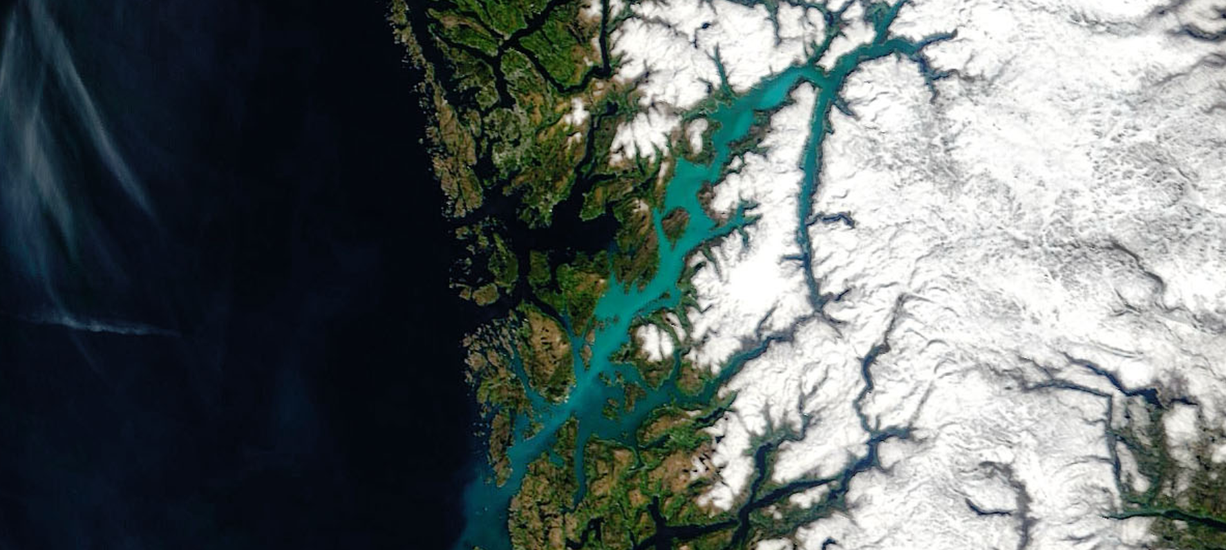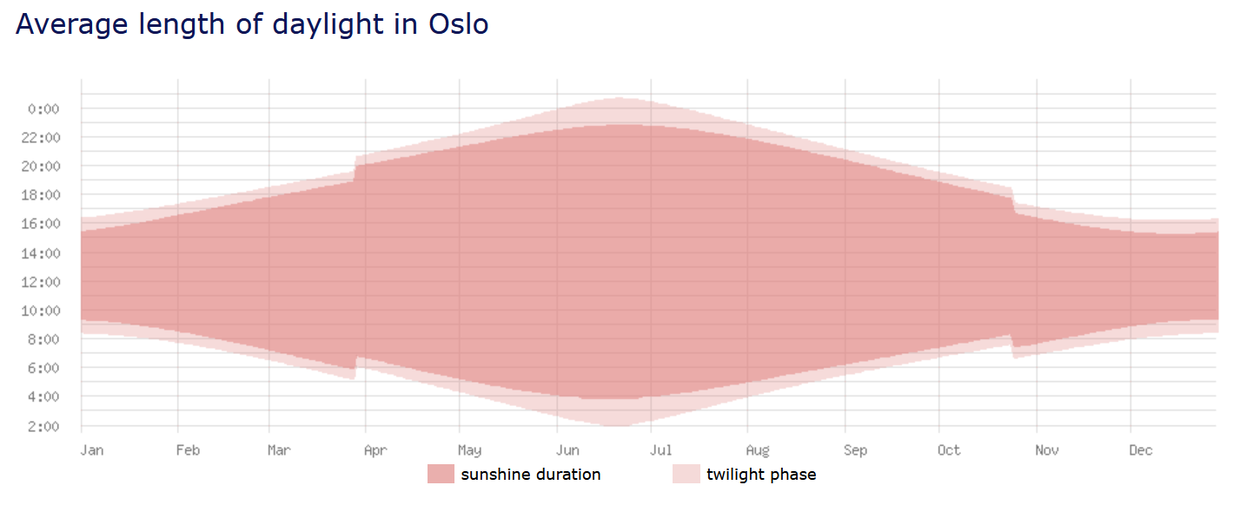Middle School | Daily Do
Why Does the Ocean Turn Turquoise?

Crosscutting Concepts Disciplinary Core Ideas Earth & Space Science Environmental Science Is Lesson Plan Life Science NGSS Phenomena Science and Engineering Practices Three-Dimensional Learning Middle School Grades 6-8
Sensemaking Checklist




Introduction
In today’s Daily do, Why does the ocean turn turquoise?, students engage in science and engineering practices and use patterns and cause-and-effect relationships to organize their thinking to help explain why ocean water turns from dark blue to turquoise. Students have an opportunity to develop and use Earth science ideas about environmental conditions and life science ideas about living things in the ocean. This task has been designed to be used by middle and high school students, families and teachers in distance learning. While students could complete this task independently, we encourage students to work virtually with peers or in the home with family members.

Experiencing the Phenomenon (What am I exploring today?)
Tell your students that you will be focusing on the color of ocean water today and ask them what they already know about the color of ocean water or to share any experiences they have had with the ocean.
After this opening discussion, introduce the phenomenon of ocean water in a Norwegian fjord changing from dark blue to turquoise to students and share the above image with them.
Ask students to make and record observations and write down questions they think of when they look at this image. Tell students to share their questions with a partner and allow them to add questions to their list. Then ask students to share their questions with the class. Create a record of student questions (You might create a list on a poster, whiteboard, Google Doc, etc. or ask students to write their questions on sticky notes and post them.) Here are some possible questions that may arise.
-
Where is this located?
-
Does ocean water turn turquoise in other locations?
-
Is something in the water that turns it turquoise?
-
What is the temperature of the water?
-
Has anything been added to the water?
-
Is anything living in the water?
-
Does this happen often or only once in a while?
- Does this always happen at the same time of year?
-
Did something in the environmental change that made this happened?
Tell students we are going to try and answer these questions and explain why the ocean water in the Norwegian fjord turned from dark blue to turquoise.
How often does this phenomenon occur? (Obtaining Information)
Share the information found in this Ocean Water Turns Turquoise Google Slideshow to learn about the geography of Norway and other locations around the world that have experienced this phenomenon. Allow students to write down any answers to their questions provided by the slideshow. At the end of the slide show, ask students to share any of their answered questions and write down any new questions they have.
What does the data tell us? (Analyzing Data)
Next, students will use graphs and models to look for patterns in the data that may have led to the environmental conditions necessary for this phenomenon to occur. Tell students they will look at three sets of data found on the websites provided and compare the patterns found in the data to make a claim about the environmental conditions necessary for this phenomenon to occur.
-
First, look at the average length of sunlight in Oslo data (see also graph below).
-
Next, go to Chlorophyll global map on the NASA Earth Observatory website and play the animated model to compare the amount of chlorophyll found in the ocean during each month of the year.
- Finally, click on the “Show All Maps” in the Select and Compare box on the NASA Earth Observatory website and select the “Sea Surface Temperature” to compare the data in both models side by side.

While students look for patterns in the data and make comparisons, use the following prompts to facilitate sensemaking:
-
What patterns of chlorophyll distribution do you notice during the winter months?
-
What patterns of chlorophyll distribution do you notice during the spring and summer months?
-
Can you identify any cause and effect relationships between the number of hours of daylight and chlorophyll production?
-
Can you identify any cause and effect relationships between the sea surface temperature and chlorophyll production?
Students may notice:
-
there is little to no chlorophyll production during the winter months.
-
there are large amounts of chlorophyll during the spring and summer months.
Tell students to make a claim about the environmental conditions necessary for this phenomenon to occur. Ask students to share and discuss their claims with a small group or partner. Students may make the claim that when the hours of daylight and sea surface temperatures increase the amount of chlorophyll increases.
Note: Although this is not the entire story, do not correct student claims at this point. Students should discuss their claims and come to consensus with their partner or small group.
What causes chlorophyll production? (Obtaining Information)
Ask students to independently read the article that is found below the models on the Chlorophyll global map on the NASA Earth Observatory website. Tell students to take notes or write down any answers to their questions from the article or their analysis of the three data sets.
What environmental conditions are necessary for this phenomenon to occur? (Developing Models to Communicate Information)
After students have completed the reading, ask them to draw a model in small groups to explain why ocean water in the Norwegian fjord turns from dark blue to turquoise. Ask students to include how patterns that were found in the data support their explanations and to identify any cause and effect relationships within their models.
Some ideas that may appear in the models include:
- Chlorophyll production through blooms of phytoplankton caused by changing environmental conditions
- Higher nutrient levels in the water after winter caused by a lack of plant growth
- Higher levels of photosynthesis caused by additional hours of sunlight in the spring and early summer
Students may share their models with other groups and discuss the similarities and differences between them. Allow students to add to or change their models based on their comparisons with other groups' models.


